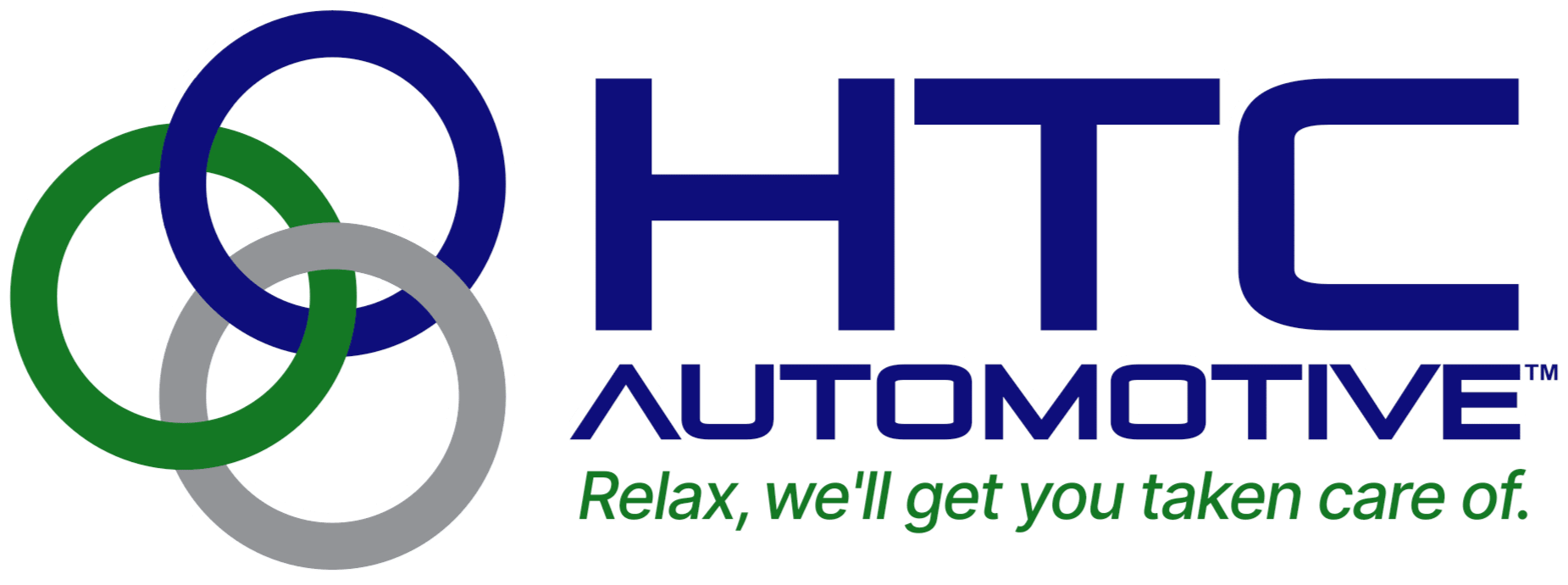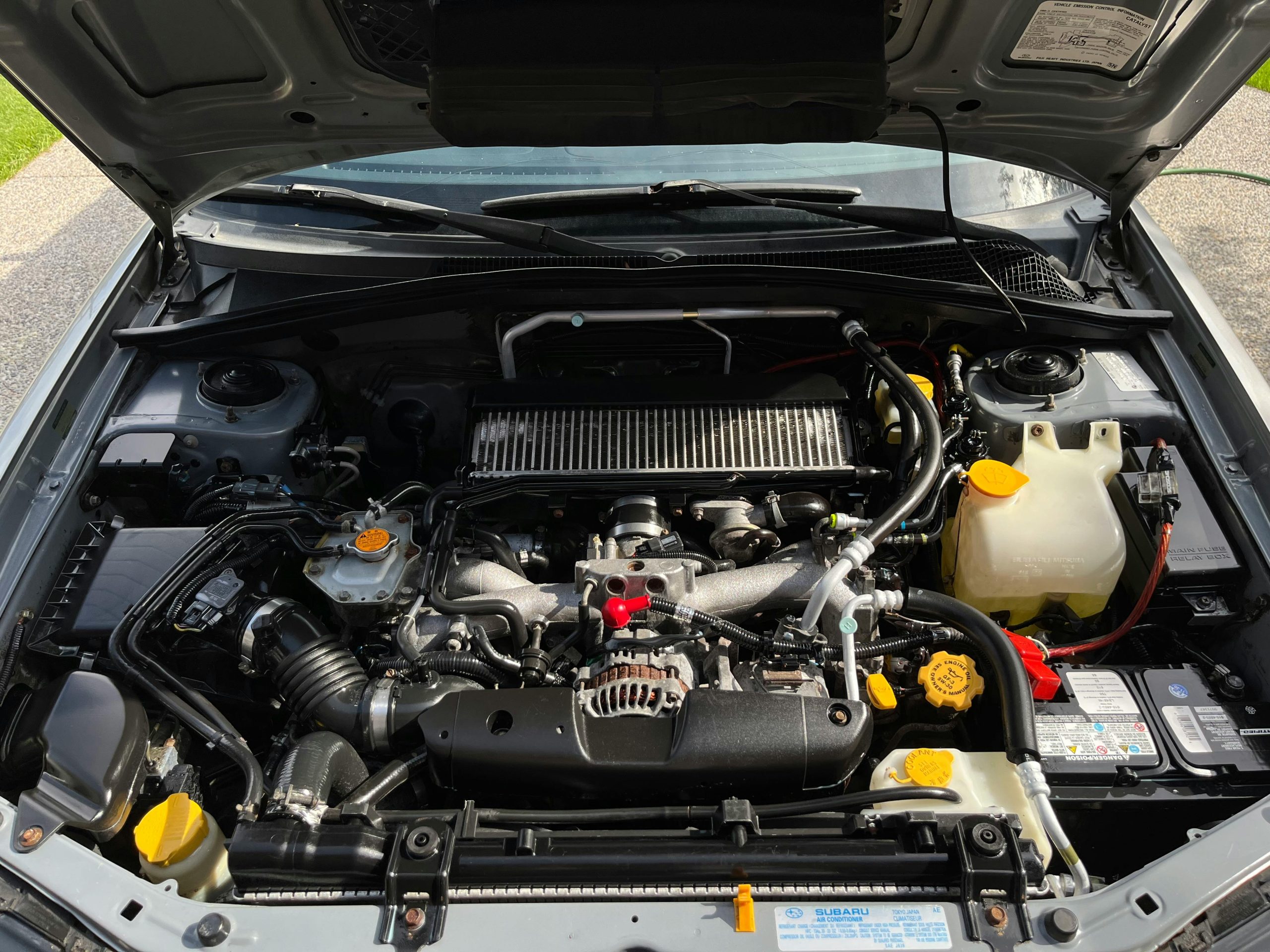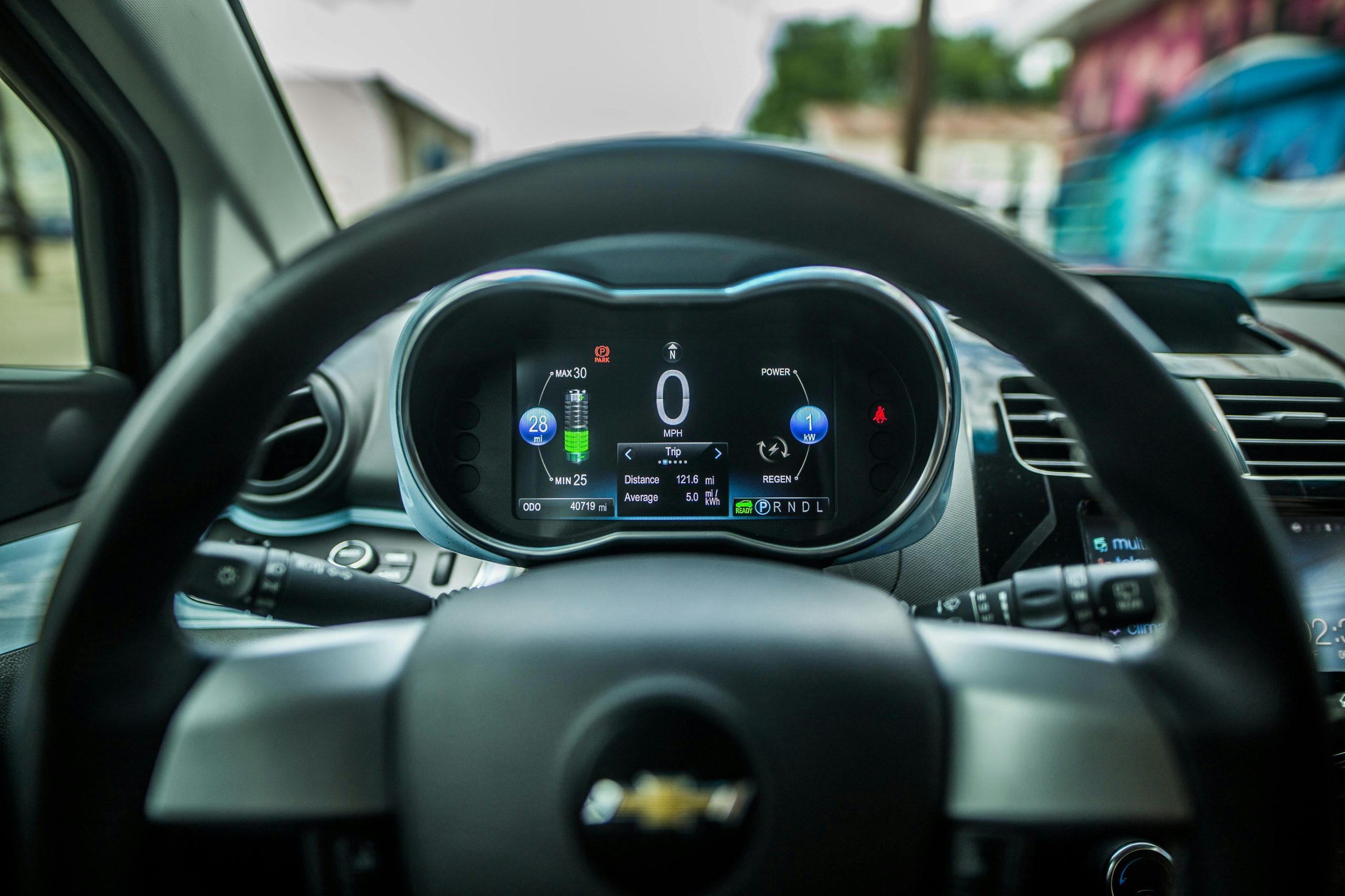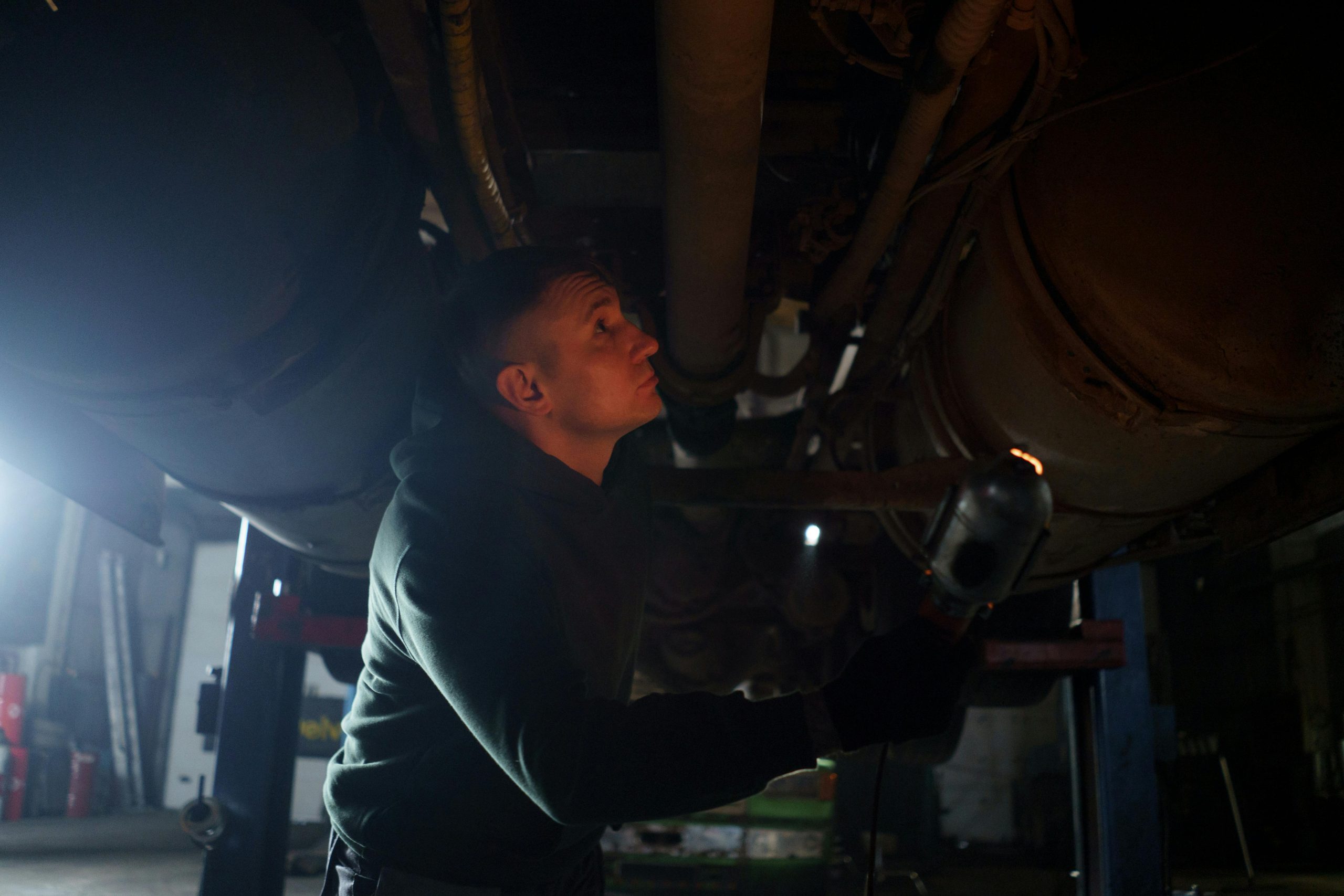You’ve noticed your steering isn’t as sharp as it used to be, and the uneven tire wear is hard to ignore.
These could be telltale signs that your rack and pinion system is crying for help. It’s tempting to push these warning signals to the back of your mind, but consider the safety risks and potential costs of delaying the inevitable.
Before you decide whether to repair or replace, there’s a critical decision you need to make. Stay tuned to explore whether it’s more prudent to fix the issues now or if it’s time to invest in a new system altogether.
Identifying Common Symptoms
If you’re noticing steering issues or uneven tire wear, these may be signs of rack and pinion problems. Rack and pinion steering is essential for precise vehicle control, and any compromise to its function can directly impact your safety and driving experience.
You’re not alone in this; many drivers face similar challenges, often unaware of the underlying causes until the symptoms become too apparent to ignore.
One of the most telltale signs to watch for is fluid leaks. These can often be spotted beneath your vehicle, typically centered near the front where the rack and pinion are located.
If you’re topping off steering fluid more frequently, it’s a strong indication that there’s a leak in the system. This issue needs prompt attention to prevent more severe damage.
If you’re feeling steering wheel vibrations or hearing unusual noises like grinding or clunking when turning, these are critical indicators of potential rack and pinion issues. These symptoms suggest that the gears within the rack and pinion may be wearing unevenly or losing their grip, leading to a loss of steering precision.
Assessing Steering Performance
To assess steering performance effectively, you’ll need to check for symptoms like loose steering, unusual tire wear patterns, and persistent fluid leaks. Start by examining the fluid levels; a frequent need to top off could indicate a fluid leak somewhere in the system.
Pay close attention to the area around the rack and pinion for signs of wetness or dripping fluids, which are clear indicators of leakage issues.
Focus on the steering behavior. If you’re experiencing wobbling tires or vibrations in the steering wheel, it’s important to check the tie rods. These are integral to maintaining proper tire alignment and directly impact the steering efficiency.
Loose or worn tie rods can lead to significant steering control problems, which might manifest as shaky wheels or unpredictable steering responses.
Listen for any clunking or grinding noises when turning the wheel. These sounds could suggest that the rack and pinion gears are failing. Ignoring such symptoms can lead to more severe damage over time.
If any of these issues persist, it’s wise to seek a professional inspection. A technician can provide a detailed diagnosis and help you understand whether your steering system just needs minor repairs or a complete overhaul.
Evaluating Safety Risks
Understanding the safety risks associated with a damaged rack and pinion is essential to maintaining secure driving conditions. When your car’s steering system fails, you’re not just putting your own safety at risk, but also that of others on the road. It’s important to recognize the early signs of trouble, such as fluid leaks or unusual noises, which might indicate a failing rack and pinion.
These symptoms often precede unpredictable steering behavior, a critical warning sign that should never be ignored. If steering your vehicle starts to feel different; maybe it’s harder to turn the wheel, or you notice the vehicle wandering without input; these are clear indicators that your rack and pinion may be compromised.
Don’t wait until these problems escalate. Consult a professional mechanic who can provide a thorough inspection of the rack and pinion system.
Remember, steering issues aren’t just inconvenient; they’re potential hazards. Ensuring that your vehicle responds accurately to your steering commands isn’t just about avoiding repair costs; it’s about keeping everyone on the road safe.
Prioritize your safety and that of your fellow drivers by addressing any signs of rack and pinion damage immediately.
Understanding Replacement Options
You’ll find that the cost of replacing your rack and pinion can vary greatly, depending on the quality of parts and the choice of professional installation or DIY. The range stretches from a mere $70 for basic components up to $2,350 for top-tier options. Labor can additionally run you between $200 to $500.
It’s important to not just consider the immediate expense but also the long-term value. Opting for high-quality parts guarantees that you won’t be revisiting this issue anytime soon.
When you choose to replace the rack in your steering system, remember that this isn’t just about fixing a part; it’s about ensuring your safety and the best performance of your vehicle. Immediate replacement of a damaged rack and pinion is essential.
If you’re leaning towards a DIY installation, make sure to center the steering wheel before starting; this simple step can save you from unnecessary alignments and additional costs later.
Conclusion
Your car’s rack and pinion system is the backbone of your steering capabilities, so when it shows signs of wear, it’s like playing a high-stakes game with your safety. Don’t gamble; instead, consult a professional.
Weighing the costs and risks against the peace of mind that a smooth, responsive drive provides is essential. Remember, steering clear of future mishaps starts with addressing rack and pinion issues promptly.
Choose expertise over expense, and secure your journey on the road.



